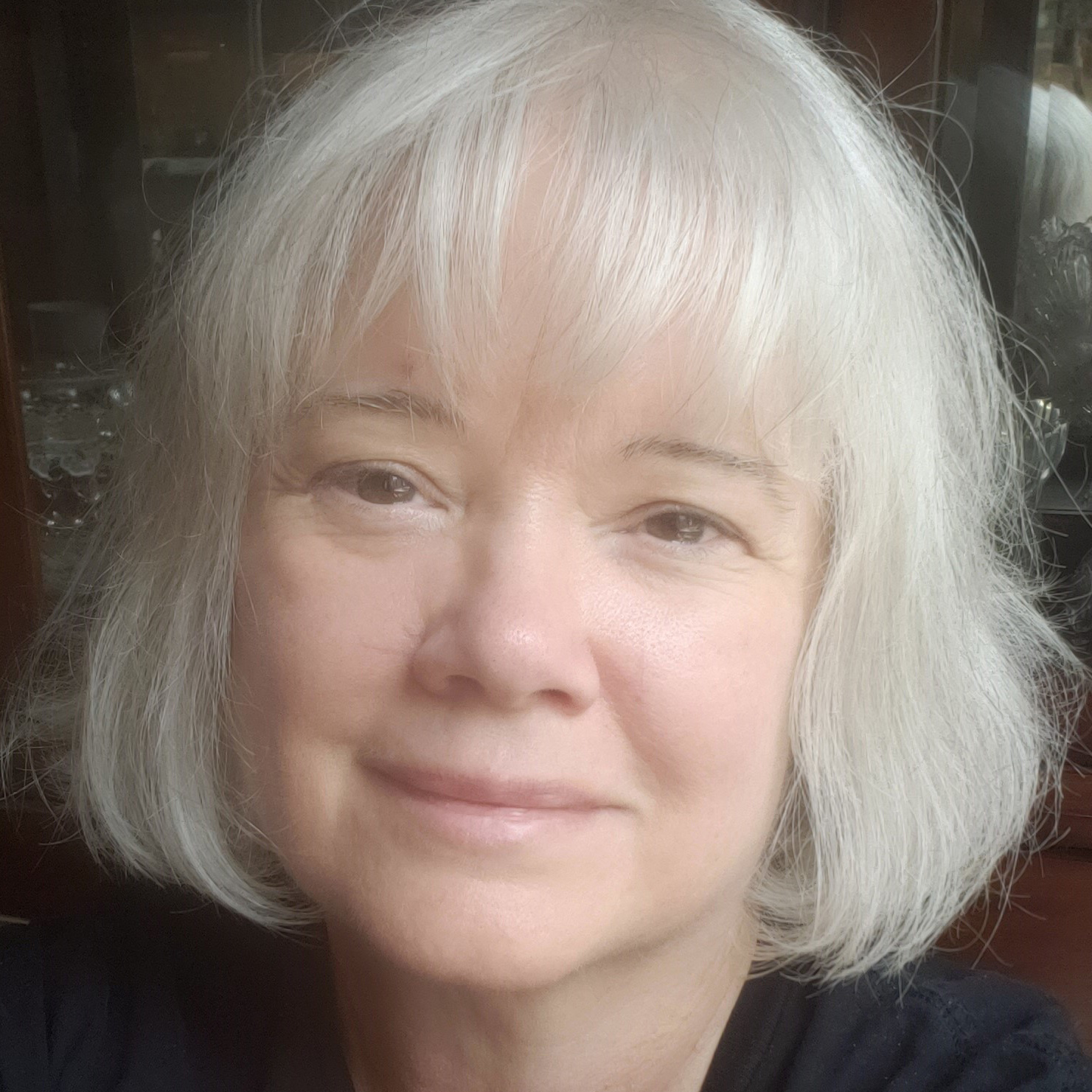"Finding Home" is now available on Amazon.
Creative Aging: How Creativity Supports Healthy Aging
Aging is a natural part of life, but how we approach it can significantly impact our quality of life. Engaging in creative pursuits offers numerous benefits for maintaining cognitive function and overall health as we age. For those of us in our golden years, creativity can be a powerful tool for staying mentally sharp, emotionally balanced, and physically active. Here’s how creative activities can support healthy aging and enhance our well-being.
The Cognitive Benefits of Creative Pursuits
Engaging in creative activities stimulates the brain in various ways, helping to maintain and even improve cognitive function. Here’s how creativity supports brain health:
Mental Stimulation
- Neuroplasticity: Creative activities promote neuroplasticity, the brain’s ability to form new neural connections. This adaptability helps keep the brain agile and responsive.
- Problem-Solving: Art, music, and writing involve problem-solving and critical thinking, which are essential for cognitive maintenance and growth.
- Memory Enhancement: Creative tasks often require the use of memory, whether it’s recalling techniques, steps in a process, or details about a project, which helps strengthen memory functions.
Learning and Adaptation
- New Skills: Learning new creative skills, such as painting, playing an instrument, or crafting, challenges the brain and keeps it engaged.
- Adaptation: Trying different creative techniques or styles encourages the brain to adapt and develop new strategies, which can enhance overall cognitive flexibility.
Emotional and Psychological Benefits
Creative activities offer emotional and psychological benefits that are crucial for healthy aging:
Emotional Expression
- Processing Emotions: Art and creativity provide a safe outlet for expressing and processing emotions, reducing stress and promoting emotional balance.
- Self-Reflection: Engaging in creative pursuits can foster self-reflection and personal insight, contributing to emotional well-being.
Mood Enhancement
- Joy and Fulfillment: The act of creating can bring joy and a sense of accomplishment, which can improve overall mood and reduce feelings of depression or anxiety.
- Mindfulness: Creative activities often require concentration and focus, which can promote mindfulness and a sense of calm.
Social and Physical Benefits
Creative pursuits can also enhance social connections and physical health:
Social Engagement
- Building Connections: Participating in group art classes, workshops, or community projects provides opportunities to meet new people and build social connections.
- Shared Experiences: Collaborative creative projects foster a sense of community and shared purpose, reducing feelings of isolation and loneliness.
Physical Activity
- Fine Motor Skills: Activities like painting, sculpting, or knitting help maintain and improve fine motor skills and hand-eye coordination.
- Overall Activity: Engaging in more active forms of creativity, such as dance or theater, provides physical exercise that supports overall health and mobility.
Practical Tips for Incorporating Creativity into Daily Life
Here are some practical tips to help you incorporate creativity into your daily routine and enjoy the benefits of creative aging:
Find Your Passion
- Explore Different Activities: Try various creative activities to discover what you enjoy most, whether it’s painting, drawing, writing, playing music, or crafting.
- Follow Your Interests: Choose activities that align with your interests and passions, making it more likely that you’ll stick with them.
Make Time for Creativity
- Set Aside Time: Dedicate regular time each week to your creative pursuits. Consistency helps build a habit and ensures you reap the cognitive and emotional benefits.
- Create a Space: Set up a comfortable and inspiring space for your creative activities, free from distractions.
Join a Group or Class
- Community Engagement: Join local art classes, writing groups, or music ensembles to learn new skills, meet like-minded individuals, and stay motivated.
- Online Resources: Explore online classes and workshops if you prefer learning at your own pace or from the comfort of your home.
Embrace the Process
- Focus on Enjoyment: Focus on the enjoyment and process of creating rather than the end result. This approach reduces pressure and enhances the therapeutic benefits.
- Be Open to Experimentation: Don’t be afraid to experiment with new techniques and ideas. Embracing a sense of play can lead to surprising and rewarding outcomes.
The Lifelong Impact of Creativity
Incorporating creativity into your life can have lasting impacts on your health and well-being:
Lifelong Learning
- Continuous Growth: Engaging in creative activities promotes lifelong learning and personal growth, keeping the mind active and engaged.
- Adaptability: The skills and flexibility developed through creative pursuits can help you adapt to changes and challenges as you age.
Enhanced Well-Being
- Holistic Health: Creativity supports a holistic approach to health, addressing cognitive, emotional, social, and physical aspects of well-being.
- Fulfillment and Purpose: Creative activities provide a sense of fulfillment and purpose, enriching your life and contributing to a positive outlook on aging.
Conclusion
Creativity is a powerful tool for supporting healthy aging. Engaging in creative pursuits can maintain and improve cognitive function, enhance emotional and psychological well-being, and foster social connections and physical health.
Start today by exploring different creative activities, setting aside regular time for your passions, and embracing the joy and fulfillment that creativity brings. Remember, the journey of creative aging is about enjoying the process and discovering new ways to express yourself, connect with others, and enrich your life.
Allow this Muse to inspire your creative journey.
Source: OpenAI. (2024). ChatGPT (4o) [Large language model]. https://chatgpt.com

